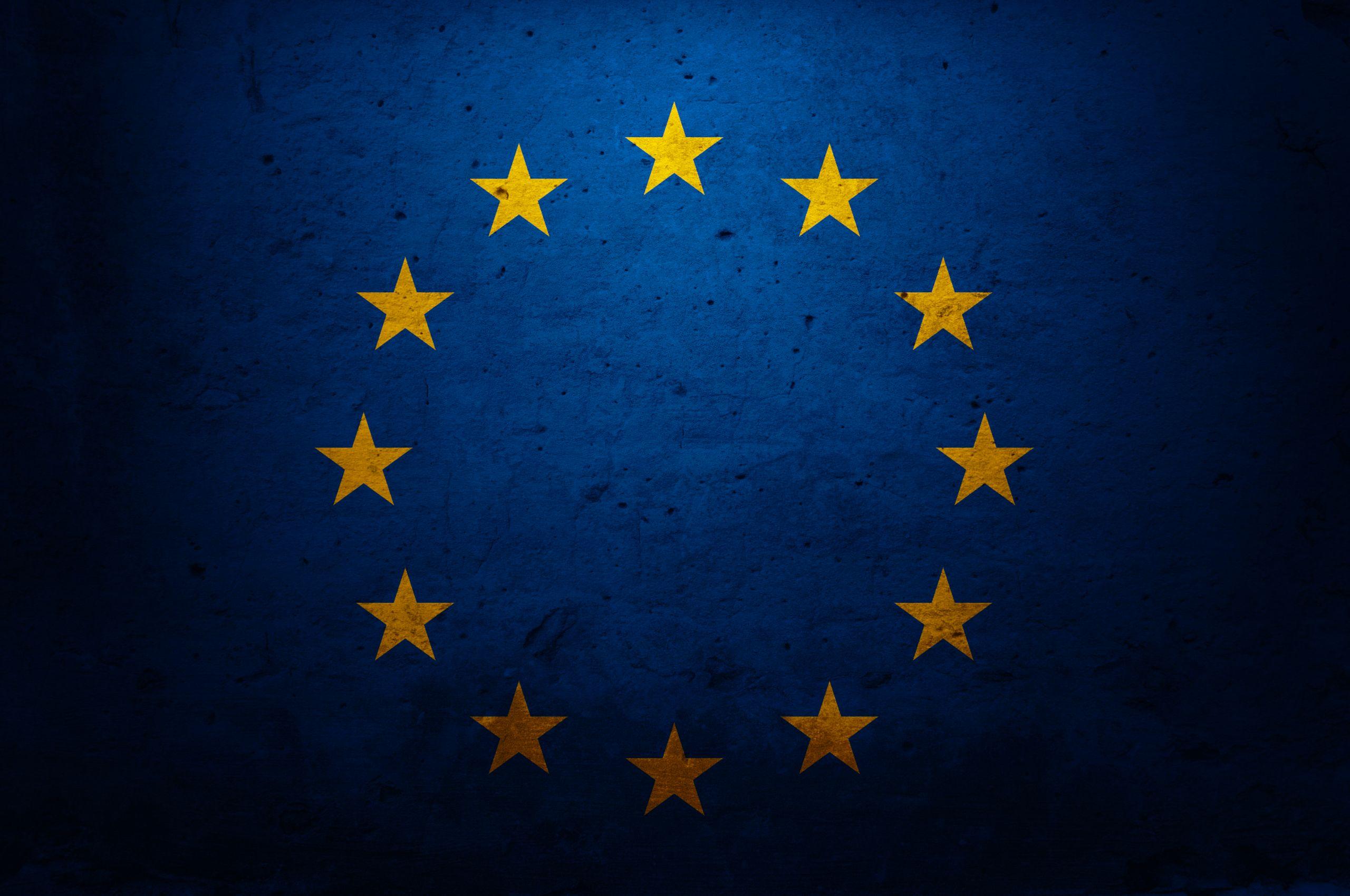By launching a bloody invasion of Ukraine, Vladimir Putin has done more than almost any other single human being to speed up the end of the fossil fuel era.
Immediately after the February 24 invasion, EU countries rushed to cut their dependence on imports of Russian coal, oil and gas, replacing them with gas from elsewhere and a significant short-term increase in coal-fired electricity. That’s why Putin was named the most influential person in POLITICO’s Green 28, the first ranking of those putting a stamp on the EU’s green policies — for good or ill.
But beyond that, a surge in green energy and energy-saving measures is emerging that marks a permanent shift in momentum for EU climate efforts.
“From [a] climate perspective, the war in Ukraine may be seen as a blessing,” Petteri Taalas, the secretary-general of the World Meteorological Organization, said Tuesday. “We are going to invest much more in renewable energy, energy-saving solutions.”
The EU’s Green Deal had aimed at making the bloc carbon neutral by 2050 — but, thanks to Putin, going green has now become part of the EU’s security agenda.
“Advancing the transition with renewables is a strategic necessity for Europe and the world,” said Francesco La Camera, director general of the International Renewable Energy Agency. “In the medium and long term, the Ukrainian crisis will accelerate the transition to clean and notably renewable energy.”
In response to the invasion, the bloc proposed the REPowerEU package. Announced less than two weeks after Russia’s troops marched into Ukraine, it aims to slash gas imports from Russia by two-thirds this year (something helped by the Kremlin turning off the taps on its own) and to make Europe independent of Russian fossil fuels before the end of the decade.
“We can do it, and we can do it fast,” EU Green Deal chief Frans Timmermans said at the time. “All we need is the courage and grit to get us there.”
But the next couple of years won’t be easy. The invasion caught the EU mid-straddle in its energy transformation. A lot of the groundwork for a greener future is in place, but capacity in everything from training workers to insulate buildings and install wind towers, to cutting red tape for wind and solar permitting, redesigning grids to handle renewables and ramping up hydrogen production, is still a work in progress.
REPowerEU’s financing and increased renewable energy targets are still being debated among EU institutions, but consumers, businesses and some national governments are clearly responding.
Country after country has cited the war and the ensuing energy crisis as additional justification for higher spending on climate-friendly programs — accelerating a green shift that was already under way.
In REPowerEU, Brussels provided national governments with a list of policies, including cutting red tape for renewable projects and boosting targets for clean energy and energy efficiency.
The response has been patchy. In many capitals, political attention has been focused on the need to secure gas for the looming winter, rather than driving green policy. But there have been new policies launched across the bloc. Romania has supercharged its short-term renewables targets, Estonia agreed to decarbonize all its electricity by 2030 and Greece brought in its first offshore wind policy.
The crisis has also added momentum and a bit of national security allure to the often unsexy topic of boosting Europe’s energy efficiency.
Retrofitting homes and generally going large on energy efficiency had been an important part of many national COVID recovery strategies, supported by the EU’s pandemic stimulus package, but now politicians were able to jazz up references to styrofoam and glazed windows with the war.
That was the message when the Dutch government introduced a €4 billion program to renovate 2.5 million homes by 2030 within weeks of the invasion, and again in July, when Germany’s Climate and Transformation Fund included €56.3 billion for retrofitting buildings.
Heat pumps are sexy
In some sectors, the acceleration is obvious. Make no mistake, said Jan Rosenow, Europe director with the Regulatory Assistance Project NGO and a longtime tracker of efficient heating technology — the age of the heat pump began in 2022.
“We’re just at the beginning of a curve that will just go up in the coming years, and it will go up fast,” he said.
Heat pumps replace gas boilers — until now Europe’s heating system of choice — with a system driven by increasingly clean electricity. REPowerEU calls for doubling the rate of installations, which would mean 10 million extra heat pumps in five years.
The upfront cost of installation is several thousand euros higher than a boiler. But with the cost of gas soaring, heat pumps are paying themselves off much faster than before. As a result, demand has surged.
In Finland, where four in 10 homes already have heat pumps, sales jumped 80 percent in the first half of the year. In Norway, where 60 percent of homes are equipped, the growth was a more modest 11 percent.
In the Netherlands, Poland, Italy and Austria industry bodies or manufacturers all report a doubling of sales in the first half of the year compared with 2021.
In January, heat pumps accounted for 28 percent of applications for heat system subsidies under a Polish government scheme; by June that jumped to 60 percent.
In August, 148,000 Germans applied for a fresh round of government funding for heat pumps; there were 150,000 applications for all of last year.
“Fasten your seat belt,” the heat pump industry body said at the time.
However, the explosive growth is not uniform. In other countries, including Belgium, taxes on electricity mean heat pumps are still less attractive compared with fossil fuel systems, said Rosenow.
Solar surge
REPowerEU aims to speed up solar panel installations by two and a half times compared with 2020.
EU-wide data for installations in 2022 isn’t yet available, but there is a proxy measure. Monthly imports of solar panels from China — where more than three-quarters of Europe’s panels are manufactured — hit $2.5 billion in July compared with about $1 billion a month before the war, according to data shared with POLITICO by Bloomberg New Energy Finance (BNEF).
In March there was a surge in interest in part driven by a desire to “order solar panels to punch Putin,” said Jenny Chase, head of solar analysis at BNEF. That’s buttressed by the war-driven surge in electricity prices, which makes solar power installations more attractive. “I think now, it’s probably much more panicking about what the electricity bill is going to be this winter,” she said.
Powerful winds
Wind farms aren’t quick to build, meaning there’s no visible upsurge in new construction as a result of the war. But the political signal is clear.
In August, eight countries around the Baltic Sea agreed to jointly increase offshore wind capacity fivefold to 20 gigawatts by 2030, which could cover the energy consumption of 6 million households. The agreement showed countries “harnessing the power of wind to break free from Russian fossil fuels,” Commission President Ursula von der Leyen said at the time.
The Netherlands in March doubled its 2030 offshore wind ambitions and Ireland did so in July. Portugal ramped up its target for its first wind power auction last month.
In Poland, where the nationalist government had long blocked most onshore wind developments, there’s been a change of heart. A bill watering down some of the strict wind rules is now before parliament.
Gas loses its glow
Putin has also derailed the plans of a generation of EU policymakers for cheap Russian gas to serve as a “bridge” between highly polluting coal and green renewable energy.
“The bridge has just gotten a lot more expensive,” said Stefan Ulrich, European gas senior associate at BNEF.
The destruction of the Nord Stream pipelines — the suspicion is that the blasts were Russia’s handiwork — signals the change is permanent. Without one of the largest and cheapest sources of natural gas in the world, “you’re fundamentally increasing the price of gas,” said Ulrich. In turn that “makes gas less attractive as a bridge fuel for the energy transition.”
Gas has become so unattractive that even coal, the dirtiest fossil fuel, is being favored. The short-term impact is a lot more pollution as countries from Germany to Poland, Greece and Italy turn to coal to generate desperately needed electricity. That effect is likely to last until the end of the decade, with more coal anticipated in the system than before the war. But no country has significantly reversed plans to phase out coal, and Germany even pledged to speed it up.
“Coal is not making a comeback in Europe, neither is gas — they are simply not able to compete against cheaper renewables,” said Paweł Czyżak, senior energy and climate data analyst with green think tank Ember.
There is a steep increase in orders for temporary floating terminals needed to regasify shipments of freezing liquefied natural gas. Ember tracked 22 such announcements since the invasion, according to data shared with POLITICO, but no new permanent onshore installations have so far been approved.
The war has tipped the balance away from the gas Russia used to entrap Europe, probably for good. It has also changed the rationale for the Green Deal.
Announcing a new financing drive for REPowerEU last week, von der Leyen said this was the right thing to do, “not only for the climate, but also because the transition to the clean energy is the best way to gain independence and to have security of energy supply.”
This article is part of POLITICO Pro
The one-stop-shop solution for policy professionals fusing the depth of POLITICO journalism with the power of technology
Exclusive, breaking scoops and insights
Customized policy intelligence platform
A high-level public affairs network




